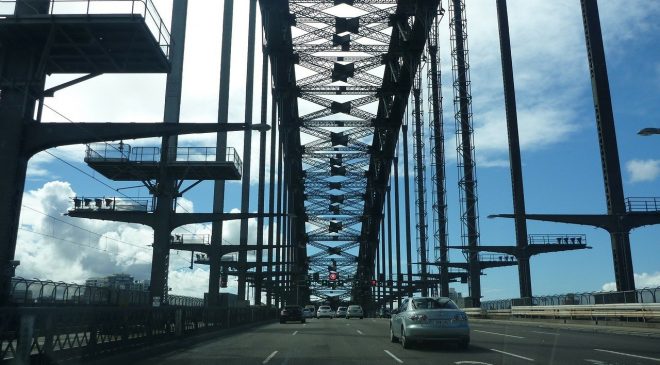
Using data and AI to identify potential black spots on roads for early intervention.
Transport for NSW which has conducted a Proof of Concept harnessing big data and machine learning to identify potentially dangerous road intersections, allowing preventive measures to be taken before crashes happen.
The Enterprise Data & Analytics Services team at Transport for NSW analysed telematics data and compared the patterns to those around dangerous intersections (known from crash data) to identify other intersections with similar patterns.
The Wollongong-centred trial used data and machine learning to uncover five seemingly risky intersections. While these were not previously known black spots, analysis of driving patterns revealed that they were potentially dangerous.
All five intersections identified during the Proof of Concept have been added to the investigation process conducted by Transport for NSW to identify the highest risk locations on the road network to develop remedial solutions. Out of the five, two of the intersections have been scheduled for modification in the current financial year.
Julianna Bodzan leads the data discovery program at Transport for NSW. From a standing start in 2018, the organisation has built a considerable AI and machine learning capability, focussed on exploring how data can make NSW transport safer and more efficient.
This aligns with the Centre for Road Safety’s strategic plan which sets out priorities to help meet targets for reducing deaths and serious injuries on NSW roads. The Road Safety Plan 2021 is an important step towards NSW’s aspirational goal of zero road deaths and key to the State’s 40-year vision for transport,
In the Dangerous Intersections Proof of Concept the team was able to use telematics data to identify speed, harsh braking, harsh acceleration, or lateral movement just before the intersection. Then using a model which was developed following analysis of crash investigation data, assess whether the suggested intersection was potentially dangerous.
According to Bodzan there was a circle of interest around the intersection.
“When the vehicle is actually approaching the intersection, how does it behave at 50 meters, how does it behave at 25 meters, and how does it behave going through the intersection?”
The 50 vehicles enrolled in the trial sent telematics data at a rate of 25 records a second over a 10-month period, generating a total data collection of more than a billion rows of data. Data engineering was one of the major challenges of the project, with Databricks and Microsoft Azure providing the technology building blocks allowing data to be curated, ingested and interpreted using machine learning.
Bodzan says the dangerous intersection trial is just one area where Transport for NSW is exploring AI and machine learning.
“Transport is not just roads. We look at railway lines, we are thinking about pedestrians and school zones – and we are thinking about how we can use this type of data and enrich with other types of data to basically improve the safety of the network,” she said.




